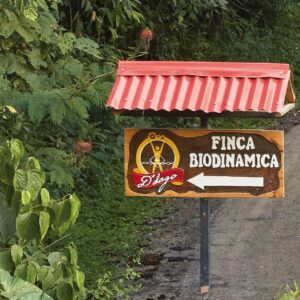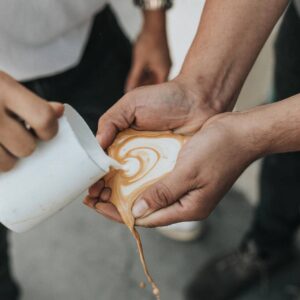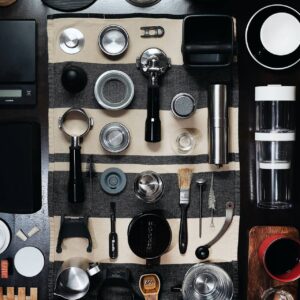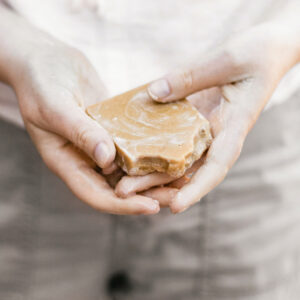Espresso, noun: On the one hand, it refers to coffee beans that have been roasted longer and darker. On the other hand, it refers to a method of preparation originating in Italy that entire books could be written about. Here is the short version: Water is forced at high pressure (9 bar/130 psi) through very finely ground (0.3-0.4 mm large) dark and long roasted (14 Min.) coffee. What comes out is a small mocha (synonym) with a fine crema. Compared to the same amount of filter coffee it has less caffeine. However, the concentration is higher because it’s brewed with less water. Espresso that is really well made can be recognized in its soft, spicy and opulent flavors and its crema. This is best achieved by using an espresso machine. Traditionally there are five important criteria:
- The mix, meaning the selection of the beans (quality, roast, freshness);
- Amount, generally 7 g of powder per cup;
- Grinding level, 0.3-0.4 mm size of the grounds, corresponding to “fine” for completely ground espresso beans;
- Machine, it has to be able to ensure the correct temperature and water pressure; and
- The person – as a preparer, you not only need to have a sensitivity for the plunging (pressing the coffee grounds into the sieve), but also for fine-tuning all of the factors.
A simple quality check: Sprinkle sugar on top of the crema. If it stays put, it’s (at least) well prepared. By the way, connoisseurs don’t stir the sugar in the espresso, but instead scoop it from the bottom of the cup with a spoon after drinking.












